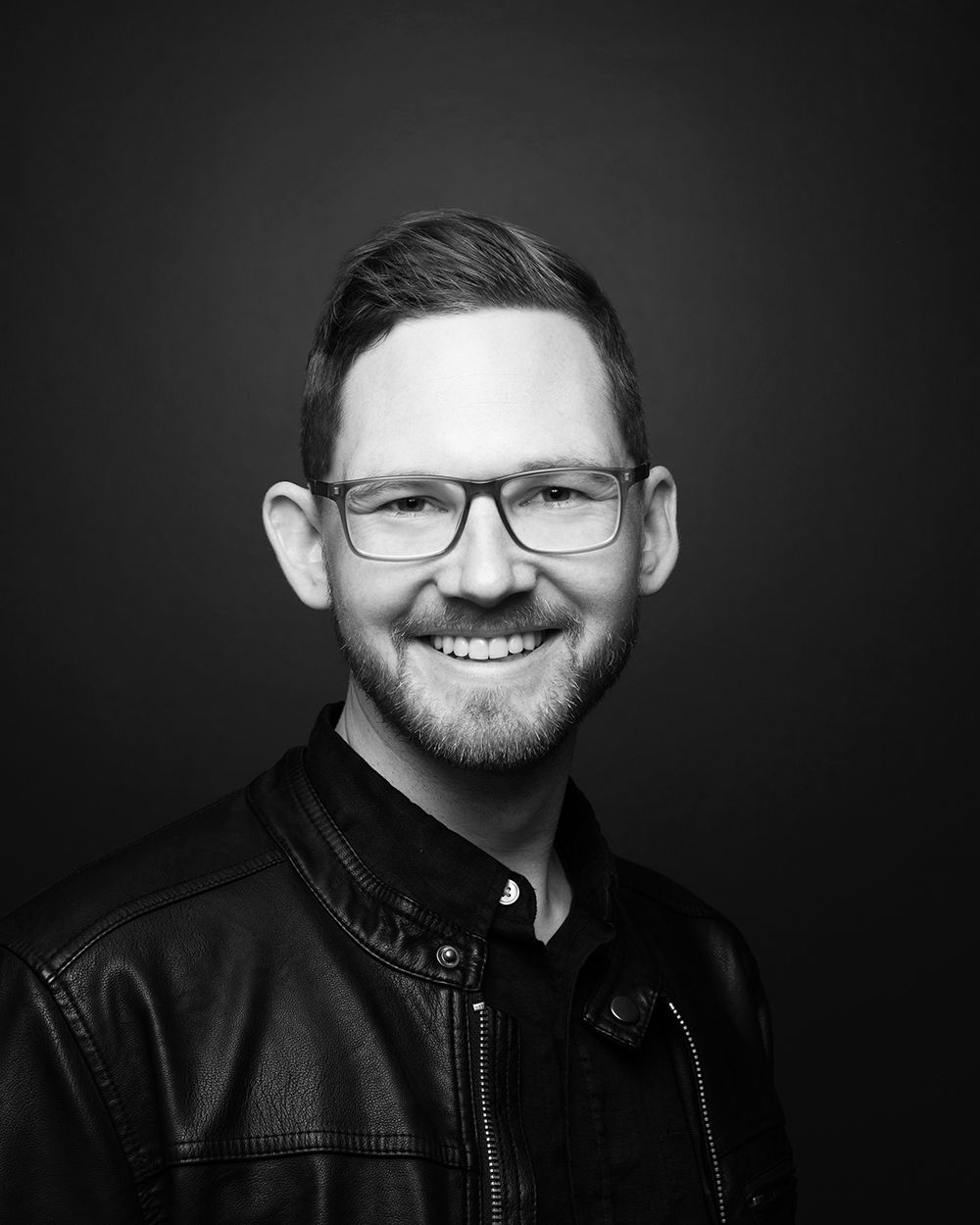How 5 Top Brands Structure Their DesignOps Teams


It’s no longer enough for designers to “just” design. Nowadays, they’re also expected to be project managers, creative leaders and cross-functional collaborators while still delivering best-in-class design work on an increasingly tight schedule. It’s a recipe for failure that’s driven countless organizations to search for ways to streamline and scale design.
From Pinterest to Dropbox, Airbnb to Atlassian, many companies have turned to DesignOps to scale their design work. What is the role of design operations? DesignOps teams are responsible for the organization and coordination of people, tasks and processes in the design workflow. They take care of the operations side of design, allowing the designers to do what they do best – design.
The Need for DesignOps
Design teams face various challenges on a daily basis, including scaling their teams, finding the right talent and improving overall design quality and workflow efficiency. DesignOps’ goal is to address these common challenges by establishing proper procedures and finding solutions to enhance the team’s overall design output. “The job of the DesignOps team is to protect the time and headspace of everyone within the design organization – the designers, writers, researchers, and so on – which allows everyone to focus on their respective craft,” says Collin Whitehead, Head of Brand at Dropbox.
In addition to undertaking many of the secondary responsibilities placed on designers, DesignOps teams establish the design strategy, which is why so many organizations are relying on them to scale and enhance their design workflow. [1]
Organizations all over the world are implementing DesignOps, such as Airbnb, Atlassian and Pinterest. While these brands share a common belief in the power of DesignOps, their team structures are quite different from one another. There are many models that DesignOps can embody, all of which have their upsides and downsides.
Let’s look at how five of the world’s top brands structure their DesignOps teams.
Which DesignOps Model Do Top Brands Opt for?
1. Pinterest
This social media powerhouse has dedicated itself to creating a corporate culture that supports designers and encourages them to thrive. The type of DesignOps model that Pinterest has implemented is a project support structure, in which an executive producer or director partners with the design leadership for a specific project to oversee workflow and manage the creative process.
To organize their design initiatives, Pinterest adheres to a hybrid model strategy, which is quite common in larger organizations. This structure places designers in temporary cross-functional teams for specific projects with established deadlines and then pulls them back to their centralized design team for feedback and reviews. This type of structure offers flexibility and allows the team to meet the immediate needs of the company. The downsides are that this type of structure can become confusing and make it difficult to operationalize processes.
Pinterest emphasizes the importance of clearly defined roles in the design workflow to help designers flourish and have a clear understanding of the career paths available. Meredith Black, former Head of Design Operations, explained, “As we scale and grow the team, we are finding that titles are important; we want to make sure there are clear paths/goals to achieve these roles.” [2]
2. United States Automobile Association
The USAA uses an operations support DesignOps model. With this structure, an executive producer teams up with the design director to set standards and refine processes for the design team. The operations support model ultimately impacts the entire design workflow.
There are many areas of focus in this DesignOps model, including standardizing the tooling and systems, setting meeting cadence, coordinating agendas and action items, managing team development and contracts, overseeing budgets and organizing special projects for various events. [3]
Meriah Garrett, Chief Design Officer at USAA, attests to the importance of helping designers to hone their craft instead of wearing many hats. “When designers were all lone rangers, each person felt like they had to be the Swiss Army Knife. In reality, you’re not always the best visual designer – you might be really good at information architecture.�” [4]
3. Airbnb
Airbnb is a long-term advocate of DesignOps, having implemented it to “ease collaboration and amplify effectiveness, not only across product disciplines, but also between the increasingly complex world of Product Design.” Today, Airbnb’s DesignOps function is structured around five different teams: Design Program Management, Design Tools, Localization, Production Design and Team Coordinators. [5]
Each DesignOps team is responsible for a different component of the organization’s design workflow. The Design Program Management team drives their operational strategy and maintains a holistic design approach. The Design Tools team builds the necessary tools to support the designers and bridge disciplines. The Localization team ensures that an international and “radically local” language is adhered to at all times. Production Design ensures high-quality design across all Product and Marketing initiatives. And Team Coordinators encourage a positive, healthy work culture.
While these teams aren’t flawless, it is the hope of Adrian Cleave, Director of DesignOps, “to reach a stage where the process and tools fade into the background, and we live in a world where information is easy to find, people are easy to locate, prototypes are quick to create and work is easy to share – and we look back and wonder how we ever did it before.” [5]
4. Atlassian
Atlassian defines DesignOps as “putting the appropriate tools, instrumentation and processes in place so that we get to ‘learn’ as quickly as possible.” The organization’s migration to implementing DesignOps stemmed from questioning if they were fully tapping into the value of design. They decided to alter their process in a way that allows the development team, IX writers, design and product managers to work together on a shared platform.
Atlassian wanted to formalize their design studio processes in a way that easily integrated all aspects of their design workflow. They also wanted their outside teams to be able to take part in the process and jump in whenever they are needed.
To achieve this, Atlassian created multiple workflows to facilitate their most common requests: New component or pattern, component or pattern improvement and IX pattern or glossary decision.
To be consistent, provide support and reduce frustration and confusion for the entire organization, Atlassian implemented a customer portal in Jira Service Desk. This introduced one single location for all colleagues to connect and get in touch with the team.
According to Atlassian, these changes are only the beginning of the company’s DesignOps journey. “Designers work across many cross-functional teams at Atlassian, so while this is only one change to the way one team works, it is the beginning of how we reimagine how to amplify the impact of design through Atlassian.” [6]
5. Dropbox
Dropbox began their DesignOps journey in 2015 when they hired Collin Whitehead to address the company’s rapidly expanding design team. Whitehead helped individual teams to better collaborate amongst themselves, as well as with cross-functional teams and partners.
As we already know, DesignOps helps to clearly establish roles in a design workflow or individual project. Whitehead writes that Dropbox has no one way of assigning these roles. One of their teams may use a R.A.C.I. model for a project, while another is working under a D.A.C.I. model or any other DesignOps structure.
According to Whitehead, managing design work requests is a full-time job in itself. It calls for a producer or program manager to oversee and improve the effectiveness of workflow to fully realize the organization’s creative potential. [7]
The DesignOps Edge
There are many reasons as to why an organization may implement DesignOps, as well as various structures that organizations can establish. But regardless of the model, Whitehead says “the most effective DesignOps teams are servant leaders to their organizations and respected peers to design leaders and teams.”
Whether your organization is large or small, DesignOps teams can wear many different hats so that your designers no longer have to. Consider one of the many DesignOps structures to unleash the value of design and help your organization generate high-quality work at scale.
References:
1. Babich, N. Understanding DesignOps and Their Role in Design Teams. Retrieved from: https://www.shopify.ca/partners/blog/designops
2. Pinterest: Mission Driven. The Design Genome Project, by InVision. Retrieved from: https://www.invisionapp.com/enterprise/design-genome/report/pinterest
3. Getting Started with Core Models for DesignOps. DesignBetter. Retrieved from: https://medium.com/designbetter/getting-started-with-core-models-for-designops-87c5a999acb6
4. USAA: Design to Scale. The Design Genome Project, by InVision. Retrieved from: https://www.invisionapp.com/enterprise/design-genome/report/usaa
5. Cleave, A. DesignOps at Airbnb: How we manage effective design at scale. Retrieved from: https://airbnb.design/designops-airbnb/
6. DesignOps: Unleashing the potential of our design studio. Retrieved from: https://www.atlassian.com/blog/inside-atlassian/designops-atlassian-design-studio
7. DesignOps scenarios and models. The DesignOps Handbook, by InVision. Retrieved from: https://www.designbetter.co/designops-handbook/designops-scenarios-models
You may also like these

Comparing the Top 10 Outsourced Design Services in 2025: Which One is Right for You?
Struggling to get high-quality designs from a design team already at capacity is frustrating. Layer on ad-hoc requests and the design team's own projects fall apart and team morale sinks.It doesn’t have to be this way. Many companies will take on the overflow, add that missing skill, or work through the tireless monotony of ad variations—they're available in three different options: Option 1. Hire a freelancer or agency. You can outsource the overflow to a freelancer marketplace or an agency. But you don’t need more work onboarding, managing, and spending countless hours buried in administrative work with freelancers, nor do you want the fear of submitting the expensive bill to your boss from a slow agency.Option 2. Hire in-house. Hire more in-house talent, which comes with all of the added costs and responsibilities of recruitment, onboarding and employee retention.Option 3. Subscribe to an outsourced design service. To scale design efficiently and discover unique design skills, you can partner with a creative design subscription service to get great design work done on-demand.
Maximizing Profit: The Impact of Design on Business Strategy
Design has never been more in demand. As the first interaction for most customers with businesses, it’s just everywhere—from the homepage of your favorite website to the product packaging your new sneakers arrived in.With smartphones, tablets and digital interfaces at every turn, every design element now affects nearly every consumer touchpoint during the customer journey.That’s why the smartest companies are investing in good design systems for all their inputs—and for a good reason: It’s good for the bottom line.A 2018 McKinsey report, “The Business Value of Design,” put the impact of design on your bottom line with data: Over five years, companies that invested in good design had 32% more revenue and 56% more total returns to shareholders.Is your company investing enough in design? Read below data-driven insights and historical examples from visionary leaders who used powerful designs to communicate value to their target audience—and why you should start to do it too for every asset you have.
The Ultimate 5-Step Graphic Design Process
For any design team, having an established graphic design process will lead to better designs, higher output and most importantly, remove a lot of potential frustration.The process of starting a graphic design project has changed drastically over the years. Now, AI-powered design is the driving force behind concept development and the design thinking process, which makes it necessary to think about the different perspectives infused into each design stage.If you’re leading graphic designers or looking to streamline the process, then let’s take a look at the 5 most essential steps of the graphic design process.The Importance of a Structured Design ProcessGraphic design is an intricate blend of creativity and strategy, requiring a structured approach to ensure that the final product not only looks stunning but also effectively communicates the intended message.






